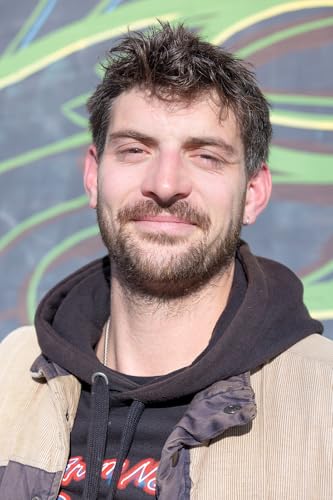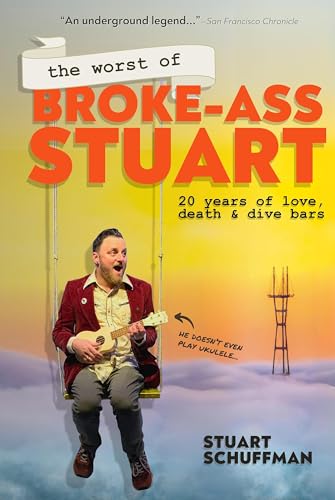In Part 2, we pick up where we left off in Part 1. Ian and I talk about how big baseball was in his life in his high school and early college years. He was a left-handed pitcher, which made him attractive to coaches. By the time he transferred to UC Berkeley, though, sports receded and academics took over. He played what's called club ball, which Ian explains is something between varsity high school-level and community college.
At Berkeley, Ian majored in renewable energy, a topic that shows up in the art he does today. He minored in education, something that shows up in his coaching of kids these days. He lived in Berkeley while going to school there, and speaks to that experience.
Ian moved back to The City after he graduated, in 2014. But, as he puts it, since then, he's "left and come back many times." First was Seattle for a summer. Then Portland for a year and a half. We go on a bit of a sidebar after I offer up my opinion that some folks in the Pacific Northwest can come across as friendly, but they can also be rather passive-aggressive.
After Portland was New York City, where Ian lived for half a year. Then Nashville for three months. And after that, he got into a teaching program in Madrid, Spain, which I express my jealousy of. (Barcelona is one of my favorite places on Earth.)
He was in Madrid right as the COVID pandemic hit, in fact. The teaching program he was in allowed him plenty of downtime—he worked essentially four days a week, four hours per day. And a lot of that time on his hands was filled with a rediscovery of doing art. His plan had been to leave at the end of a school year, and that happened to coincide with the onset of COVID.
His return to his hometown, and his time here since 2020, has been spent trying to do art full-time. And that's where Ian's and my life intersect. It happened one day in the very location where we recorded this podcast: 540 Bar.
Break Fake Rules was born when Ian lived in Spain. It started with stickers. He handed them out—to friends, to strangers. He came up with the phrase and liked it, among other reasons, for its openendedness. He feels "Break Fake Rules" requires participation, something he sees as going against the way technology is leading us. But BFR isn't the only artistic endeavor in Ian's life.
Ian does a lot of collage work. Lately, he's been cutting up vinyl from discarded billboard signs. He'd tried working with paper and glue to make murals, but the elements always got the better of his outdoor art. Old billboard vinyl is the solution he's been looking for.
Those of you who follow Storied:SF on Instagram might have recently noticed a few collaboration reels between us and Break Fake Rules. Ian approached me a couple months ago about being on a series he produces called "People Should Know," where someone—an artist, a small-business owner, a podcaster—comes on and speaks with a fencing-masked interviewer to talk about what they do and what folks should know about what they do. You can check out full-length videos of everyone who's been on People Should Know on the Break Fake Rules website. It was a lot of fun to do, so thanks, Ian!
In asking Ian to let people know how to find him, we decided to start off with our favorite platform—in real life! He's currently selling furniture at Stuff by Luxe. He's got Break Fake Rules stuff there, too, as well as some of his 2D and 3D art. His website is BreakFakeRules.com. Find @breakfakerules and his personal account, @ianglues, on Instagram.
 2025/11/1131 分
2025/11/1131 分 2025/11/0532 分
2025/11/0532 分 26 分
26 分 2025/10/2925 分
2025/10/2925 分 24 分
24 分 25 分
25 分 24 分
24 分 2025/10/0920 分
2025/10/0920 分

